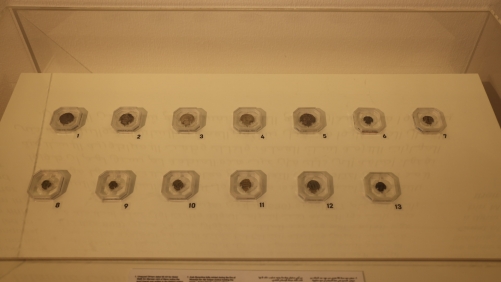Visitors flock to Bahrain National Museum for rare glimpse into ancient Arab coins
TDT | Manama
The Daily Tribune – www.newsofbahrain.com
Reported by Ashen Tharaka
Ancient Arab coins on display at the Bahrain National Museum are turning out to be a big hit among visitors, with the museum witnessing a surge in enthusiasts delving deep into their rich historical significance.
In collaboration with Bahrain's archaeology and cultural authorities, renowned numismatic expert Mohamed AlAradi has curated the exhibition dedicated to ancient Arab coins. Visitors told The Daily Tribune that they are captivated by the unique appeal and historical value of the coins on display, despite living in a digital age.
Over the past two weeks, people have been flocking to attend lectures and special symposiums. A highlight of the exhibition was the unveiling of the "First Islamic Dinar" by the Arados Foundation. During his presentation, AlAradi provided visitors with a comprehensive insight into the captivating history of the "First Islamic Dinar."
History of the "First Islamic Dinar"
Throughout the late 3rd century and onward, the Arab people, particularly those residing in the Arabian Peninsula, relied on Byzantine gold solidus and Sasanian silver dirhams for their currency needs.
This practise persisted during the time of the Prophet Muhammad (peace be upon him) and the rule of the Rashidun Caliphs. However, it was during the reign of Umayyad Caliph Abdul Malik Ibn Marwan that the groundbreaking "First Islamic Dinar" came into existence.
Abdul Malik introduced the inaugural Islamic Dinar, crafted from 23-carat gold and weighing approximately 4.25 grammes. Concurrently, he also minted the first Islamic silver dirham.
Financial autonomy
This occasion marked a significant milestone for the Arab people as they achieved financial autonomy from the Byzantine Empire, specifically during the rule of Justinian II, who was the final descendant from the esteemed lineage of Emperor Heraclius.
Notably, the Islamic Dinar featured inscriptions from the Holy Quran exalting the glory of Allah. The "Coins Through Culture and History" exhibition will continue until June 22. Doors open from 8 am to 8 pm.
Related Posts

